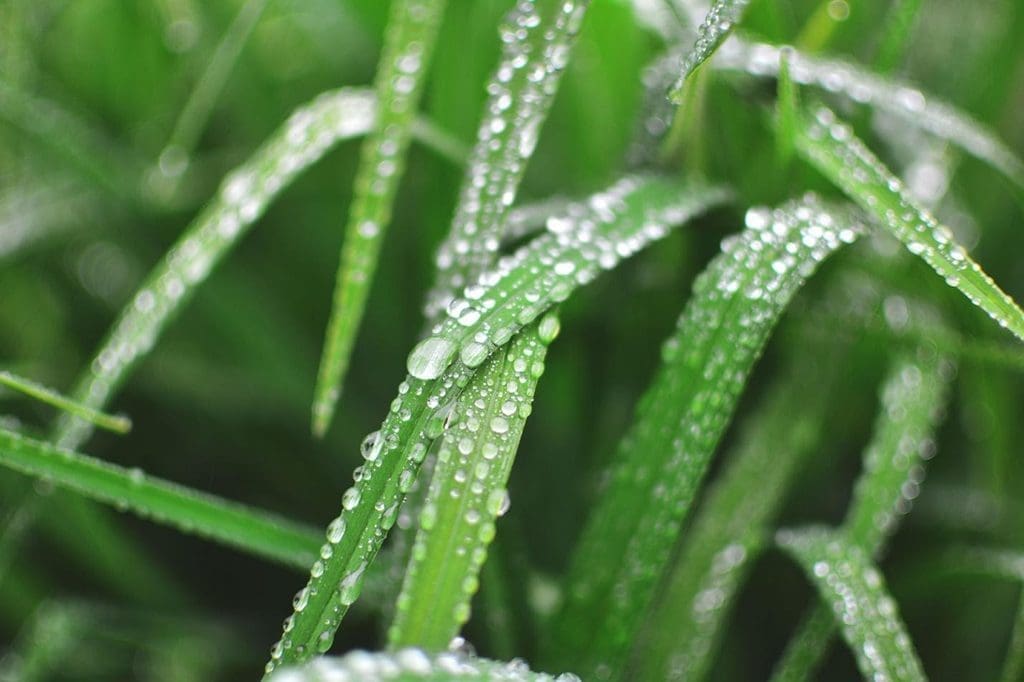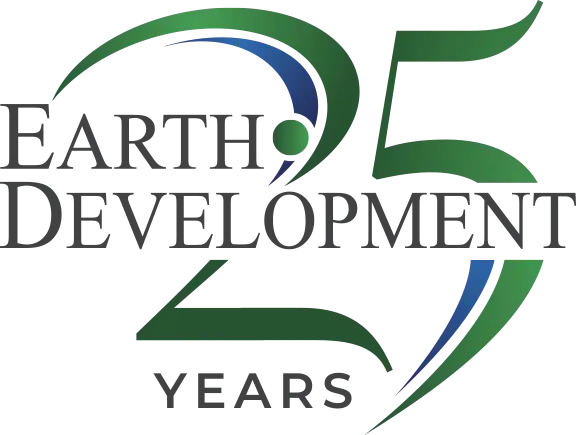The entire purpose of an irrigation system is to remove the worry of an over or under-watered lawn. However, even the most state-of-the-art irrigation systems need a little TLC to keep them healthy and running at optimum capacity.
The truth is, a poorly maintained irrigation system will only mean costly repairs down the road or even damage to your lawn. Like a car, regular sprinkler maintenance is required to ensure the entire system runs without failure. And when you’re dealing with water, it’s best to be sure that it’s going where it needs to go and in the right amount. You’d be surprised how much damage a flooded lawn can do to your landscaping. Moreover, the cost of overhauling your irrigation system will always be costlier than simple repairs here and there. What that said, there are some simple irrigation maintenance tips and tricks to ensure your system stays in good repair.
Flush Your Irrigation System
When your sprinkler heads are so close to the ground, it goes without saying that dirt and debris may get trapped in them, clogging them and causing bigger problems if left unchecked. Beyond that, municipal tap water is full of mineral deposits that will eventually clog your system if it’s not flushed, just like your taps in your home.
In early summer when it’s time to once again start watering your lawn, be sure to completely flush your system first. Doing so will force any dirt, debris, or mineral deposits past the sprinkler heads, allowing them to act at full capacity. A once-a-year-flush is an integral part of regular sprinkler maintenance.
Perform a Physical Inspection of Your Lawn

Your lawn can tell you no lies when it comes to the overall performance of your irrigation system. Sometimes a failing system may look fine to the naked eye. However, brown patches or overly soggy patches of your yard will tell you otherwise.
A brown patch will typically tell you that somewhere in the vicinity is a clog. On the other hand, a wet patch will tell you there’s a leak. It’s best to physically inspect your lawn on a weekly basis to ensure your irrigation system is properly quenching your lawn and in the right amounts.
Run a Test Cycle of Your Irrigation System
Most irrigation systems will have a test cycle via a “test button” at the site of the controller. While tests are automatic, it’s best to have two people on-hand—one to ensure that the test is running and the other to follow the water as each test is run.
Irrigation systems all vary depending on the manufacturer, but a system test will run through a sequence of cycles, all a few minutes in length, that will test the entire system. If your system lacks a test function you can still run it through a manual cycle while your buddy follows the water.
Use a Rain Gauge

A rain gauge may not seem as important for a lawn that is irrigated. However, it’s still a useful tool to understand the amount of water being output by your irrigation system. For instance, if you find your lawn is too wet or dry, a rain gauge can tell you the exact amount of water being output by your system.
However, one rain gauge may not be enough to adequately capture the output of your entire system. If that’s the case, think about forgoing expensive rain gauges and setting at a few tins (think tuna cans.) They are cheap and you can put them all throughout your yard to see just how much water each head is emitting. While you may look like a crazy cat man or lady, you’ll at least know how well your system is performing!
Check Your Sprinkler Heads
Most of all, a physical inspection of each sprinkler head should occur at least 3 times a season. A lot can happen to a sprinkler head, especially on a high-traffic lawn. A broken, clogged, or stuck head will not perform well, if at all. Worst yet, a stuck head that doesn’t rise above ground level will soak your lawn in one place while leaving the rest high and dry.
Irrigation Systems Will Last a While with Some Maintenance
A professionally-installed irrigation system should last you, assuming you do the minimal amount of maintenance required. Most of your job is to simply ensure the sprinkler heads are doing what they’re supposed to—rising when engaged, spraying completely, covering their intended radius, and then returning to the ground.
Beyond that, system tests are only needed once or twice a year and are typically part of the system itself. They’re easy to run and will tell you if there’s a problem. If you follow these basics, then you’ll have a healthy lawn and an irrigation system you can be proud of.
But sometimes you may need professional help in this difficult matter. Our company services will help you remove the worry of an over or under-watered lawn. Contact us at Earth Development, a leading provider of landscaping, lawn maintenance services, and more.
